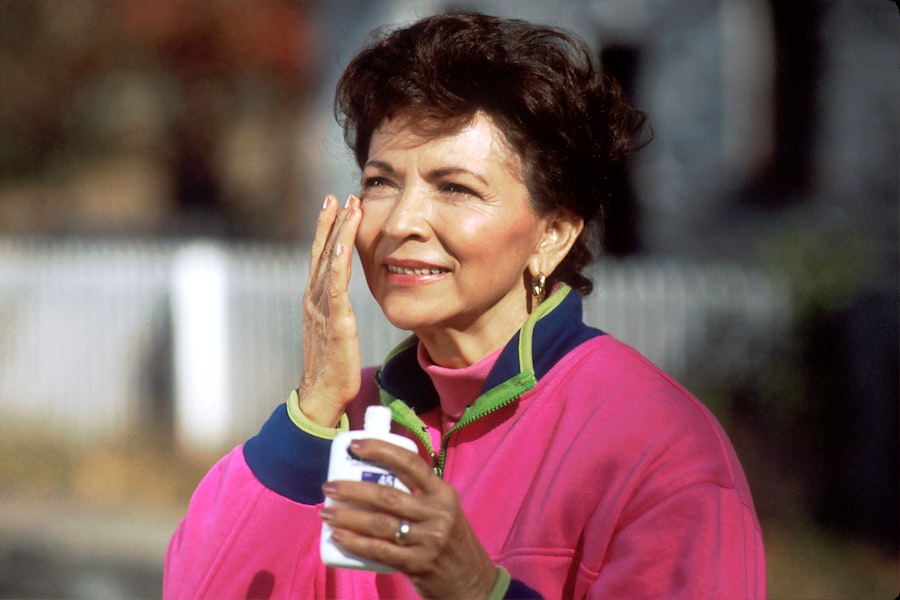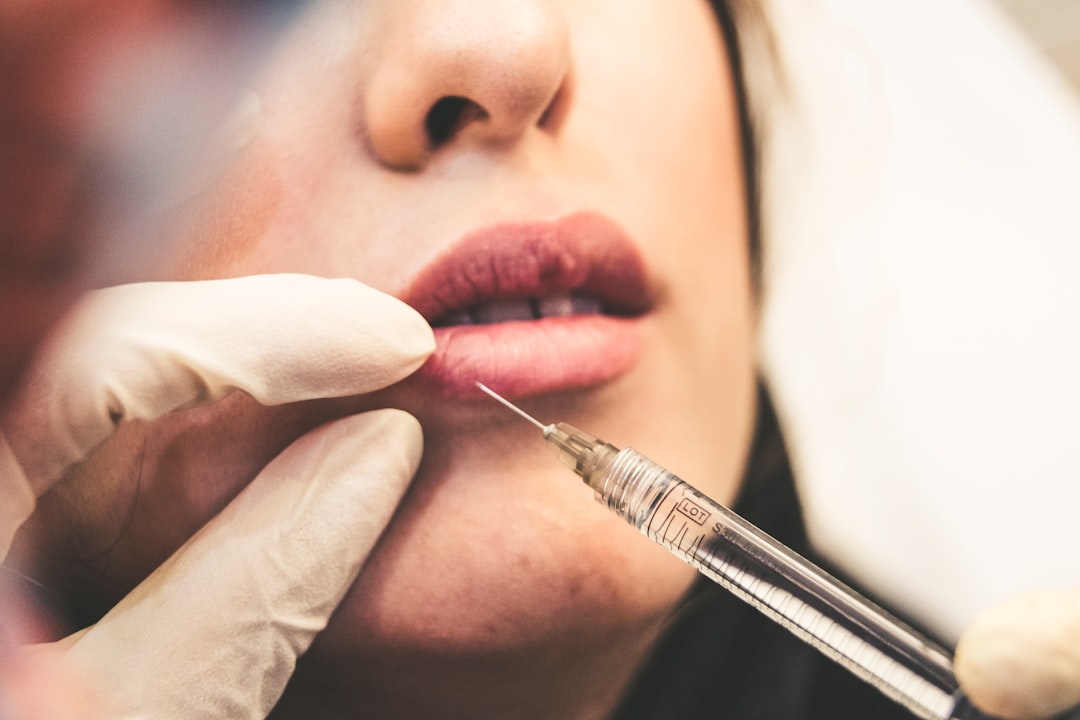Skin cancer is often thought of as a disease that primarily affects fair-skinned individuals, but people of color are also at risk for developing this potentially deadly condition. While it is true that individuals with lighter skin tones are at a higher risk for skin cancer, people of color are not immune to the disease. In fact, skin cancer in people of color is often diagnosed at a later stage, leading to poorer outcomes. This is due in part to the misconception that individuals with darker skin are not susceptible to skin cancer, leading to delayed diagnosis and treatment. It is important for people of color to be aware of their risk for skin cancer and to take steps to protect their skin from the sun’s harmful rays.
Key Takeaways
- Skin cancer can affect people of all skin tones, including those with darker skin.
- Common misconceptions and myths about skin cancer in people of color can lead to delayed diagnosis and treatment.
- Factors such as genetics, environmental exposure, and lack of awareness can increase the risk of skin cancer in people of color.
- Signs and symptoms of skin cancer in people of color may present differently than in lighter-skinned individuals, making early detection crucial.
- Early detection and treatment of skin cancer in people of color can significantly improve outcomes and survival rates.
Common Misconceptions and Myths
One common misconception about skin cancer is that people of color are not at risk for the disease. This myth has led to a lack of awareness and education about the importance of sun protection and regular skin checks for individuals with darker skin tones. Another myth is that individuals with darker skin are naturally protected from the sun’s harmful UV rays. While it is true that darker skin does provide some natural protection from the sun, it does not eliminate the risk of developing skin cancer. Additionally, there is a misconception that skin cancer only affects certain ethnic groups, such as Caucasians, and that people of color do not need to be concerned about the disease. These myths and misconceptions can lead to a false sense of security and prevent people of color from taking the necessary precautions to protect their skin.
Factors that Increase Risk of Skin Cancer in People of Color
There are several factors that can increase the risk of skin cancer in people of color. One factor is exposure to UV radiation from the sun. While individuals with darker skin have more natural protection from the sun, prolonged exposure to UV rays can still increase the risk of developing skin cancer. Another factor is a family history of skin cancer. People of color with a family history of the disease may be at a higher risk for developing skin cancer themselves. Additionally, certain medical conditions, such as albinism or xeroderma pigmentosum, can increase the risk of skin cancer in people of color. It is important for individuals with these risk factors to be especially vigilant about protecting their skin and seeking regular screenings for skin cancer.
Signs and Symptoms to Watch for
| Signs and Symptoms | Description |
|---|---|
| Fever | An abnormal rise in body temperature, often a sign of infection or illness. |
| Cough | A sudden expulsion of air from the lungs, often due to irritation or infection. |
| Shortness of breath | Difficulty breathing or feeling breathless, often due to lung or heart problems. |
| Fatigue | Feeling of extreme tiredness or lack of energy, often persistent and not relieved by rest. |
| Loss of taste or smell | Reduced ability to taste or smell, often associated with viral infections. |
It is important for people of color to be aware of the signs and symptoms of skin cancer so that they can seek prompt medical attention if they notice any changes in their skin. Some common signs of skin cancer include changes in the size, shape, or color of moles or other pigmented areas of the skin, as well as the development of new growths or sores that do not heal. It is also important to be aware of any itching, tenderness, or pain in the skin, as these can be signs of skin cancer. Additionally, changes in the texture or thickness of the skin should be evaluated by a healthcare professional. By being vigilant about monitoring their skin for these signs and symptoms, people of color can increase their chances of early detection and successful treatment of skin cancer.
Importance of Early Detection and Treatment
Early detection and treatment are crucial for improving outcomes for people of color with skin cancer. Because skin cancer in people of color is often diagnosed at a later stage, it is important for individuals to seek regular screenings and to report any changes in their skin to a healthcare professional. Early detection can lead to more effective treatment options and a higher likelihood of successful outcomes. Additionally, early treatment can help to prevent the spread of skin cancer to other parts of the body, reducing the risk of complications and improving overall prognosis. By understanding the importance of early detection and treatment, people of color can take proactive steps to protect their health and well-being.
Strategies for Prevention

There are several strategies that people of color can use to prevent skin cancer and protect their skin from the sun’s harmful rays. One important strategy is to use sunscreen with a high SPF rating and to reapply it regularly, especially when spending time outdoors. It is also important to seek shade during peak sun hours and to wear protective clothing, such as hats and sunglasses, to shield the skin from UV radiation. Regular self-exams and professional skin checks can also help to detect any changes in the skin early on. Additionally, it is important for people of color to avoid indoor tanning, as this can increase the risk of developing skin cancer. By incorporating these prevention strategies into their daily routine, people of color can reduce their risk of developing skin cancer.
Resources and Support for People of Color with Skin Cancer
For people of color who have been diagnosed with skin cancer, it is important to seek out resources and support to help them navigate their diagnosis and treatment. There are many organizations and support groups that cater specifically to individuals with skin cancer, providing valuable information, resources, and emotional support. Additionally, healthcare professionals can provide guidance and assistance in developing a treatment plan that is tailored to the individual’s needs. It is also important for people of color with skin cancer to advocate for themselves and their health by seeking out culturally competent care that takes into account their unique needs and experiences. By accessing these resources and support systems, people of color with skin cancer can receive the care and assistance they need to navigate their journey towards healing and recovery.
In conclusion, skin cancer is a serious health concern for people of color, and it is important for individuals to be aware of their risk for the disease and take proactive steps to protect their skin. By dispelling common myths and misconceptions about skin cancer in people of color, increasing awareness about risk factors, and promoting early detection and treatment, we can improve outcomes for individuals within this community. Through prevention strategies and access to resources and support, people of color with skin cancer can receive the care they need to navigate their diagnosis and treatment effectively. It is crucial for healthcare professionals, community organizations, and individuals themselves to work together to address the unique challenges faced by people of color with skin cancer and ensure that they receive the care and support they need to achieve optimal health outcomes.
When it comes to skin cancer, people of color often face unique challenges and misconceptions. According to a recent article on skin cancer in people of color by In Laser Hair Removal, there is a common misconception that individuals with darker skin tones are not at risk for skin cancer. However, this is not the case, and it’s important for everyone to be aware of the risks and take proactive measures to protect their skin. This article provides valuable insights and information on how people of color can effectively prevent and detect skin cancer.
FAQs
What is skin cancer?
Skin cancer is a type of cancer that occurs in the cells of the skin. It is often caused by exposure to ultraviolet (UV) radiation from the sun or tanning beds.
Are people of color at risk for skin cancer?
Yes, people of color are at risk for skin cancer, although they are less likely to develop it than fair-skinned individuals. However, when people of color do develop skin cancer, it is often diagnosed at a later stage and can be more deadly.
What are the risk factors for skin cancer in people of color?
Risk factors for skin cancer in people of color include a family history of skin cancer, a personal history of skin cancer, exposure to UV radiation, and certain medical conditions or medications that suppress the immune system.
What are the different types of skin cancer that can affect people of color?
The most common types of skin cancer that can affect people of color are basal cell carcinoma, squamous cell carcinoma, and melanoma.
How can people of color protect themselves from skin cancer?
People of color can protect themselves from skin cancer by wearing sunscreen with a high SPF, seeking shade during peak sun hours, wearing protective clothing, and avoiding tanning beds. It is also important for people of color to perform regular skin self-exams and to see a dermatologist for regular skin checks.






